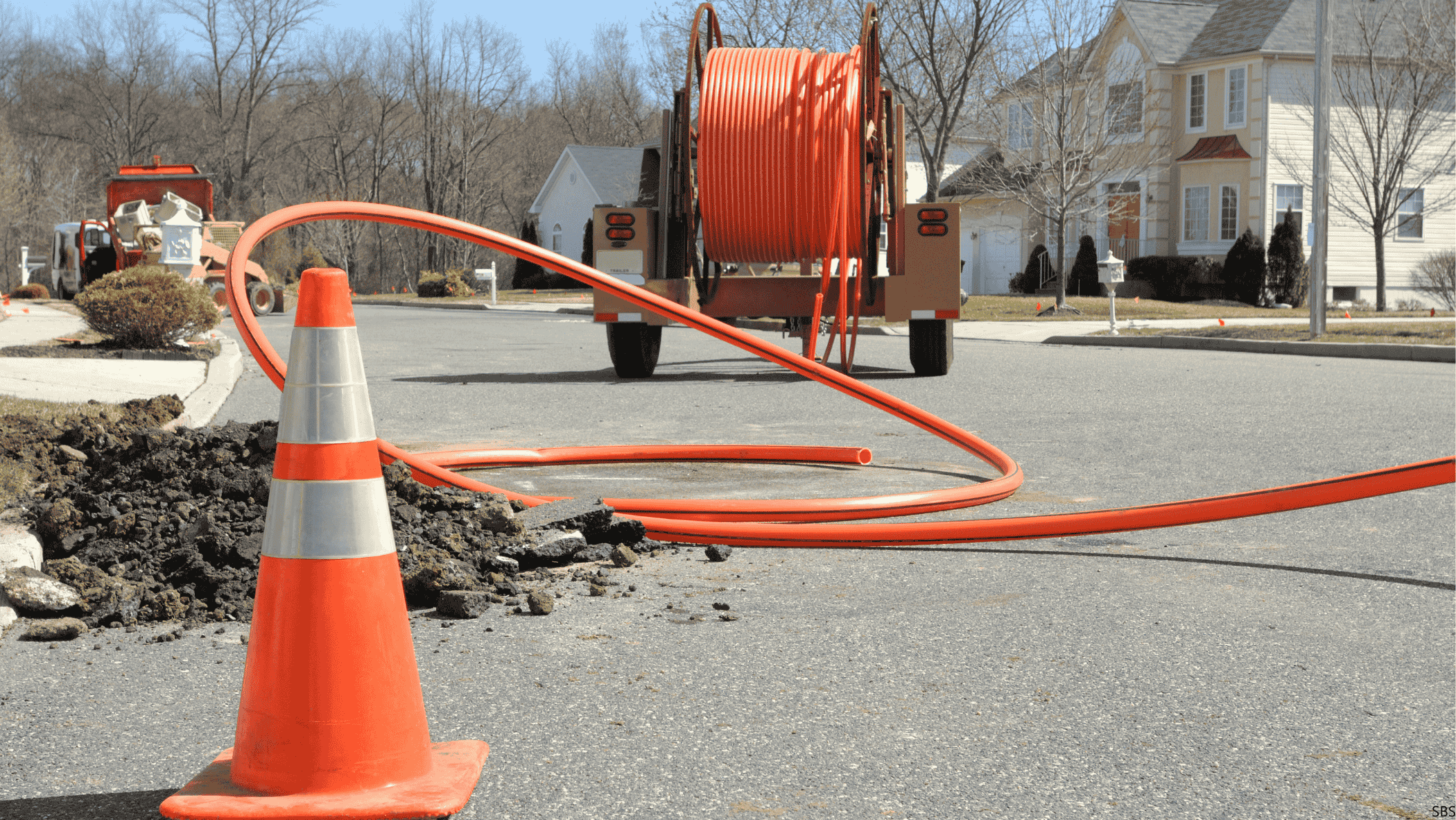Why the Fiber Industry Needs Common Design Standards Now
The fiber broadband industry is booming, but many communications service providers and engineering firms are still struggling with inconsistent design practices that slow down deployment, increase costs, and create unnecessary friction between stakeholders.
At the June on-site meeting of the Fiber Broadband Association (FBA) Deployment Specialists Committee, Scott Casey, VP of Telecom at SBS, presented a high-level proposal for establishing common fiber design standards and laid the case for action.
The Problem: Complexity, Redundancy, and Cost
Current design processes are riddled with challenges:
- Repetitive tasks and inefficient handoffs. Many CSPs and engineering firms are reinventing the wheel for each project, duplicating efforts, retraining teams, and building one-off tools for every new deployment.
- Data disconnected from workflow. Engineering drawings often exist outside of GIS systems, forcing teams to re-create designs manually downstream.
- Inconsistent standards. Federal, state, local, and CSP-specific requirements can vary widely, leading to QA/QC headaches and costly errors in the field.
- Divergent toolsets. CSPs rely on enterprise workflows and GIS systems, while engineering firms are focused on productivity and speed in CAD. These environments often do not easily share data and do not integrate with one another.
The Opportunity: Simplicity, Speed, and Savings
The solution is clear: a common set of design standards that work across tools, platforms, and stakeholders. These standards would:
- Improve productivity and reduce design cycle times
- Enable easier onboarding and collaboration across projects
- Eliminate redundant data entry and manual processes
- Provide consistent quality across contractors and deliverables
Standardization does not mean uniformity for its own sake. It means “freedom within a framework.” Teams need to be able to tailor the design tools and workflows where needed, but within a structure that ensures consistency, repeatability, and efficiency.
A Plan to Move Forward
Scott’s proposal outlines a phased, collaborative approach supported by FBA members:
- Establish an FBA Deployment Specialists Committee (DSC) Working Group for Engineering Best Practices. A diverse group representing CSPs, E&Cs, and vendors would meet regularly to develop a roadmap.
- Start small and scale. Begin with a best practices guideline for specific deployment types (such as underground or rural) and ways to streamline processes and expand from there.
- Align with key systems. Create libraries, templates and APIs that work with all mainstream GIS and CAD tools.
- Publish resources. Support adoption with documentation, training materials, and a collaborative framework.
- Deliver results quickly. Target a first “Best Practices” paper within six months.
The Fiber Broadband Association is moving forward with Scott’s proposal, and has created an Engineering Best Practices working group to address these issues. The working group will be led jointly by Scott, Debbie Kish, FBA VP of Research, and Brendan O’Boyle (FBA DSC Chair), and made up of experts from leading engineering firms, software and hardware vendors, and CSPs.
SBS, the Fiber Broadband Association, and this distinguished team of engineering leaders are working together to build the foundation for a more efficient, collaborative, and scalable fiber deployment ecosystem.
Learn more about the SBS broadband design solution, Automated Broadband Designer.
